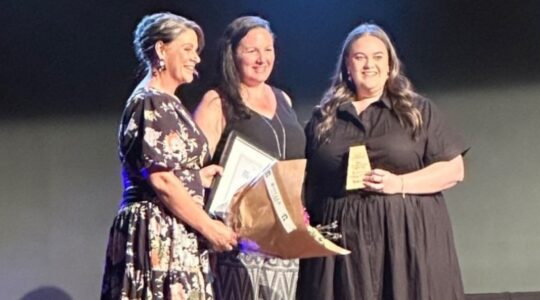Researchers in the Northern Territory are hoping nanofibres can ease the burden of police working in oppressive heat and help provide clean water to people living in remote areas.
Charles Darwin University Mechanical Engineering lecturer Dr Naveen Kumar Elumalai is leading a team using a state-of-the-art nanofibre fabrication process to create fibres that are 10 to 100 times thinner than a spider’s silk.
Dr Elumalai said the nanofibers, created by electrospinning, which involves a liquid droplet being stretched and elongated to form the fibres under a precisely controlled electric field, were lightweight and deliver outsized performance in numerous applications.
“They have an enormous amount of active surface packed into a tiny space, enabling them to interact more effectively with their environment – whether that’s capturing light, absorbing impacts or bonding with other materials.
“The fibres created from electrospinning can be used in bulletproof vests, filters for water purifiers and medical equipment.”
He said the team was looking at ways nanofibers could help in the defence industry and producing hydrogen from water splitting using sunlight.
“Kevlar vests and other protective clothing which our police and defence force wear are currently quite heavy and lack breathability, which is not ideal here in the NT,” Dr Elumalai said.
“Utilising nanofibers will help to make the vests stronger without increasing the weight. This means that they will offer greater protection for wearers against things such as bullets and shrapnel without making them hotter.”
He said another area where nanofibers had the chance to generate huge opportunities in outback Australia was with air and water purification.
“This is important in remote First Nations communities which often suffer from poor reliability and drinking water quality which can have flow on effects in economic and health outcomes.
“We are trialling the use of nanofibre technology when it comes to air and water purification as the nanofibers can be formed to make a mesh like substance which can help to stop bacteria from entering the water or air and filters out contaminants,” Dr Elumalai said.








